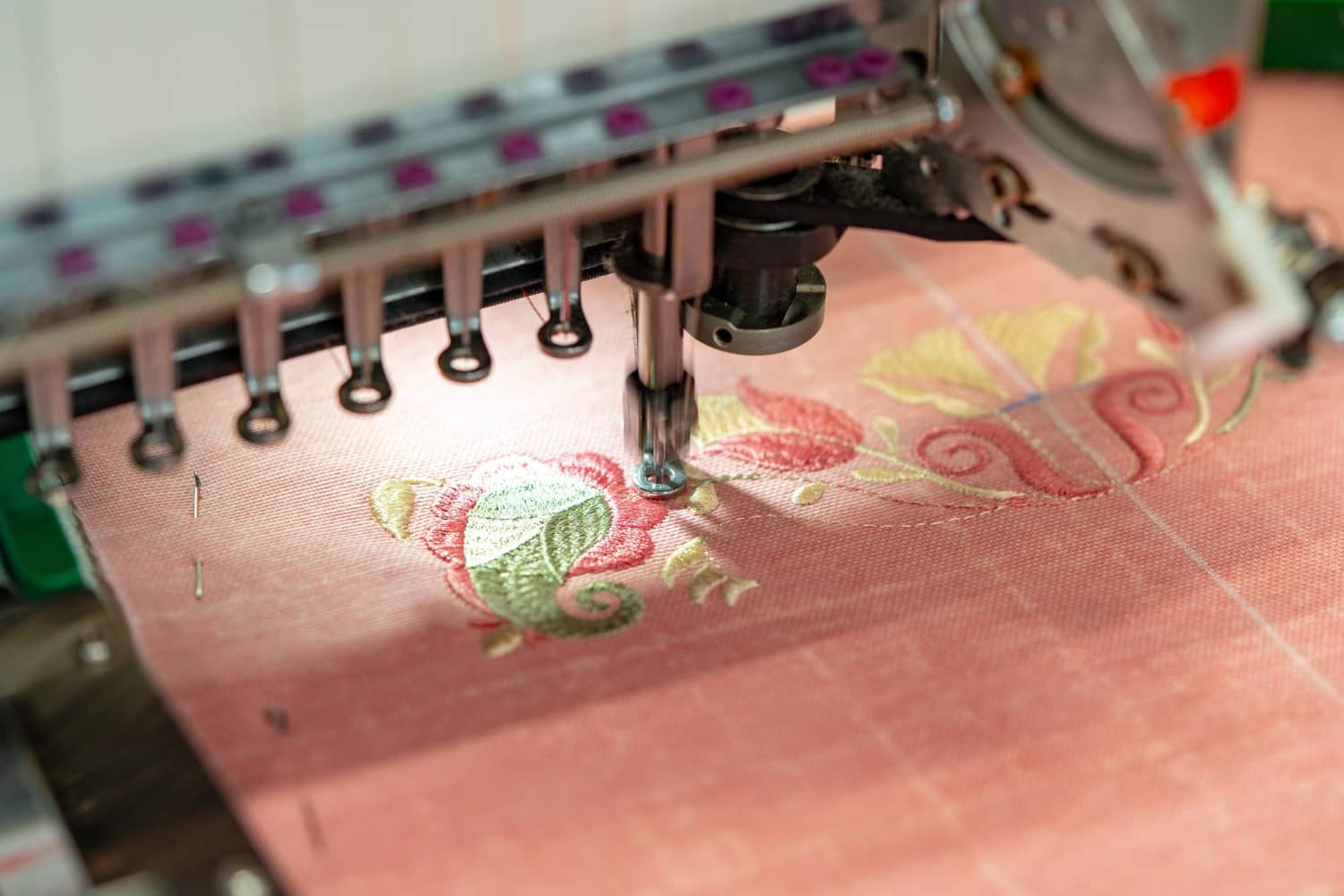Designing custom embroidery on an industrial scale
Custom embroidery production on an industrial scale represents a great opportunity for companies to differentiate themselves and improve their branding. This article delves into the different facets of this art, from the technologies used to the business benefits, offering a comprehensive guide for those who wish to implement this strategy in their industry.
Introduction to custom embroidery on an industrial scale
Custom embroidery has seen exponential growth in recent years, becoming a favorite technique for adding value and uniqueness to textile products. With the ability to mass customize, companies can create unique designs that reflect brand identity, enhancing customer perception and loyalty. In this context, the industrialization of embroidery makes it possible to combine quality craftsmanship with production efficiency.

Advanced technologies for industrial embroidery
The adoption of advanced technologies is essential for large-scale embroidery production. Computerized embroidery machines can accurately reproduce intricate details, speeding up the production process. The use of artificial intelligence and automation also reduces errors and improves embroidery quality. Investing in technological innovation is essential to remain competitive in an ever-changing market.
Choosing the ideal materials for industrial embroidery
Choosing the right materials is crucial to achieving high-quality embroidery. Fabrics should be selected based on their strength and compatibility with the embroidery threads used. Cotton, polyester and nylon are among the most common materials, each with its own specific characteristics. Using high-quality threads, such as rayon or polyester, ensures longer life and better embroidery aesthetics.
Digitizing software for custom embroidery designs
Digitizing software are indispensable tools for transforming designs into embroidery patterns. Programs such as Wilcom, Hatch and Brother PE-Design offer advanced features to create detailed designs optimized for industrial production. The ability to preview the final result and make changes in real time makes these software a valuable resource for those who wish to innovate in the field of embroidery.
Embroidery design process: from idea to finished product
The embroidery design process begins with the creation of a concept that reflects the brand identity. This is then transformed into a digital template using specific software. Once approved, the pattern is loaded onto the embroidery machine that makes the final product. Each stage, from design to production, requires attention to detail to ensure a high-quality end result.
Management of large-scale embroidery production
Efficient management of large-scale embroidery production requires careful planning and process optimization. It is essential to constantly monitor product quality and maintain effective communication between the various departments involved. The use of production management systems can help reduce downtime and improve overall productivity.
Sustainability in industrial embroidery: eco-friendly practices and materials
Adopting sustainable practices in industrial embroidery not only reduces environmental impact, but can also improve corporate reputation. Using eco-friendly materials such as organic cotton threads and recycled fabrics, along with low-impact manufacturing processes, is an important step toward sustainability. Companies can also implement recycling and reuse programs to minimize waste.
Success stories: Air Collection and custom embroidery
Air Collection is a shining example of how a company can leverage custom embroidery on an industrial scale to achieve success. With more than three decades of experience in the field, Air Collection combines technological innovation with a passion for craftsmanship. Using advanced machines and a wide range of techniques, the company offers embroidery on the highest quality fabrics and leather. This commitment to excellence has enabled Air Collection to collaborate with luxury brands and establish itself as an industry leader.
Conclusion
Custom embroidery on an industrial scale offers companies an extraordinary opportunity to innovate and stand out in the marketplace. From the adoption of advanced technologies to the selection of ideal materials, through the optimization of production processes and the adoption of sustainable practices, every aspect is critical to ensuring success.